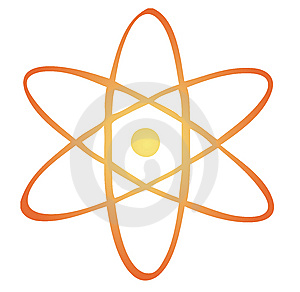Research:
Our research is focused on simulation and modeling of high speed flows. Such flows exist around aerospace vehicles,
like the Space Shuttle, flying at supersonic or hypersonic Mach numbers. They are also present inside scramjet engines
used for hypersonic flight. The high velocity of the gas in these flows leads to interesting physical phenomena of
practical relevance. The aim of our research is to use computational tools to investigate the physics and to predict
them accurately in real life applications.
High-speed flows are marked by the presence of shock waves, which compress the gas and raise its temperature. At high Mach numbers, the
shock heating can be large enough for the gas molecules to dissociate. The thermo-chemical reactions in the gas need to be considered
in the flow calculation to get the correct predictions. Additionally, in high Reynolds number applications, the flow is turbulent and
the effect of the turbulent mixing on the mean flow characteristics need to be modeled. Complex interaction between shock waves, gas
chemistry and flow turbulence result in challenging multi-physics problems.
Current focus is in the following areas: The first one involves the study of scramjet inlets. We focus on the interaction of the shock
waves generated by different parts of the inlet with the turbulent boundary layer on the walls. The second area involves the study of
re-entry flowfield around capsule geometries. Here, we attempt to compute the recirculating flow behind the vehicle so as to predict
the gas temperature and resulting heat transfer to the vehicle walls.
Fundamental research in these areas help us explore the underlying physical phenomena. This leads to an enhanced understaning of
the problem, which then coupled with existing in-house CFD codes results in flow predictions of greater accuracy.
Further details can be found under Projects and Publication links.

